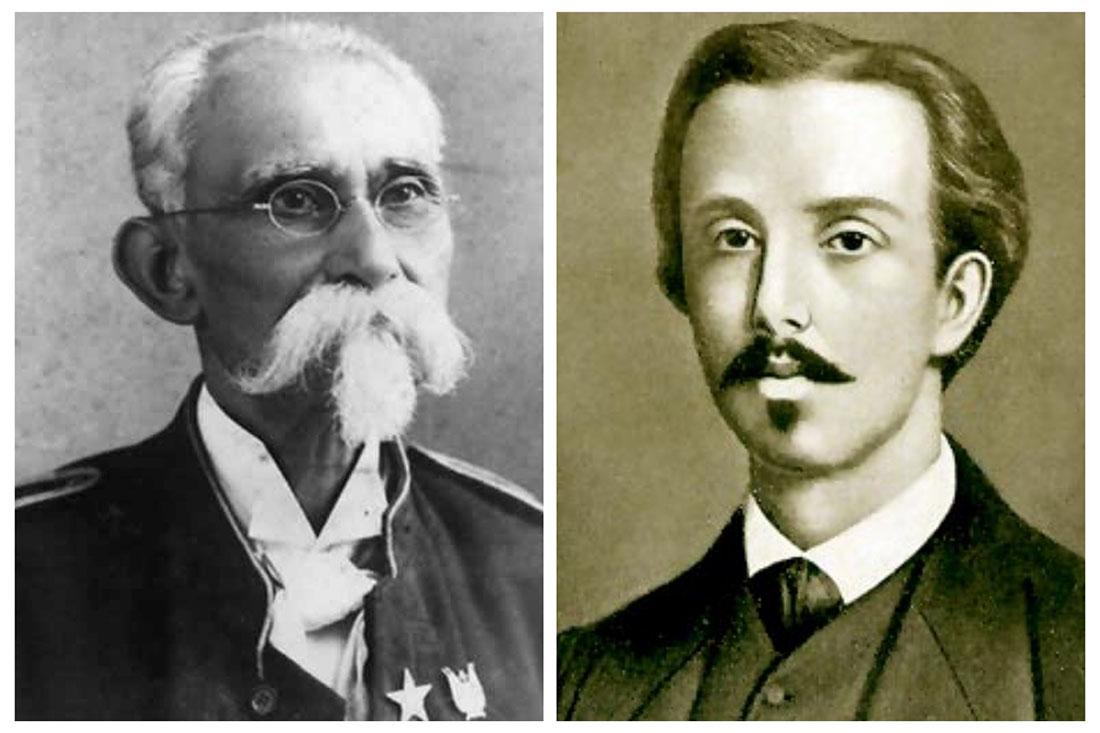By: Ricardo Muñoz Gutiérrez
Many of us might wonder why Major General Ignacio Agramonte Loynaz has gone down in history as “El Mayor”, knowing that this nickname is a simplification of the military rank he achieved -the highest rank of the Liberation Army- and many others also reached this rank in the independence wars against Spain.
It is difficult to explain the reasons and much more the moment in which his soldiers began to name him in this way that expressed respect and admiration. However, the pen of the person who was his secretary during part of that war, Ramón Roa Garí, has allowed us to get closer to the moment in which perhaps this nickname for the legendary hero from Camagüey would remain stamped exclusively.
After the death of Agramonte in Jimaguayú on May 11th, 1873, the President of the Republic in Arms, Carlos Manuel de Céspedes, appointed the also Major General Máximo Gómez Báez to fill the vacant post of Head of the Department of the Center, commanding of the forces of Camagüey and Las Villas of the Liberation Army. He had considered it important to invade the West and this was in the plans of Céspedes and Agramonte on this date.
Gómez immediately prepared to move to Camagüey, to the land of “(…) that brave and never good-sense General”, according to what he notes in his Campaign Diary. He went in search of the Camagüeyan liberation forces, the most disciplined and organized, temporarily, under the leadership of Major General Julio Sanguily Garrite.
Roa recounts that on July 6th of that year, the North American Henry Reeve, lieutenant colonel and head of the legendary cavalry of Camagüey, had camped in La Crimea pasture 40 km southeast of Puerto Príncipe. Not long had elapsed when notice was given of the approach of a cavalry group, of which a number detached at a gallop, which was brought to the presence of Lieutenant Colonel Reeve.
“Lieutenant Colonel Reeve,” he said, coming to attention and saluting.
“Put your hand down,” Reeve said, “what’s new?”
- Here comes El Mayor.
- El Mayor?… What major is that?
- Major Gómez, appointed head of the department.
- Oh! General Máximo Gómez; and don’t say El Mayor; because El Mayor was one and died in Jimaguayú.
Such was the veneration…
Could someone who did not know the patriotism of Máximo Gómez think that that phrase, if it reached his ears, would predispose him to those men who idolized his former Chief; However, that day he notes in the Diary “(…) I was received attentively by this Body (…)”.
The next day he joins Sanguily and another part of the troops. Impressed, he writes again:
Few can appreciate the loss that the Revolution has suffered with the death of General Agramonte. It is a general rule that in the soldier the moral conditions of his commanders must be seen as marked relief, and in these troops the habit of discipline, morality and order are noted, which were undoubtedly one of the first qualities of that character. The Spaniards do not know one thing and that is that Agramonte, inspired by pure patriotism, ensured the Revolution in this part. Agramonte will do as much damage to them dead as he did to them alive.
On the 9th, he took command of the Camagüey and Las Villas divisions. Regarding the forces under his command, he expressed: “(…) I have found the instrument well tuned and my position is to get good grades from it.”
As of July 9th, 1873, Major General Máximo Gómez and the Major’s men will star in the main combat actions of the Ten Years’ War that are great pages of Homeland History.
Gómez did not forget this appreciation. As José Martí writes, on a certain occasion, a flatterer celebrated Gómez for the victories he obtained in Camagüey; but this one, remembering the organization of the forces by El Mayor, answers him “(…) Friend, here what has happened: I have found a violin with very good strings, and very well tempered, and I have not done more than passing the bow”.
Translated by: Aileen Álvarez García






